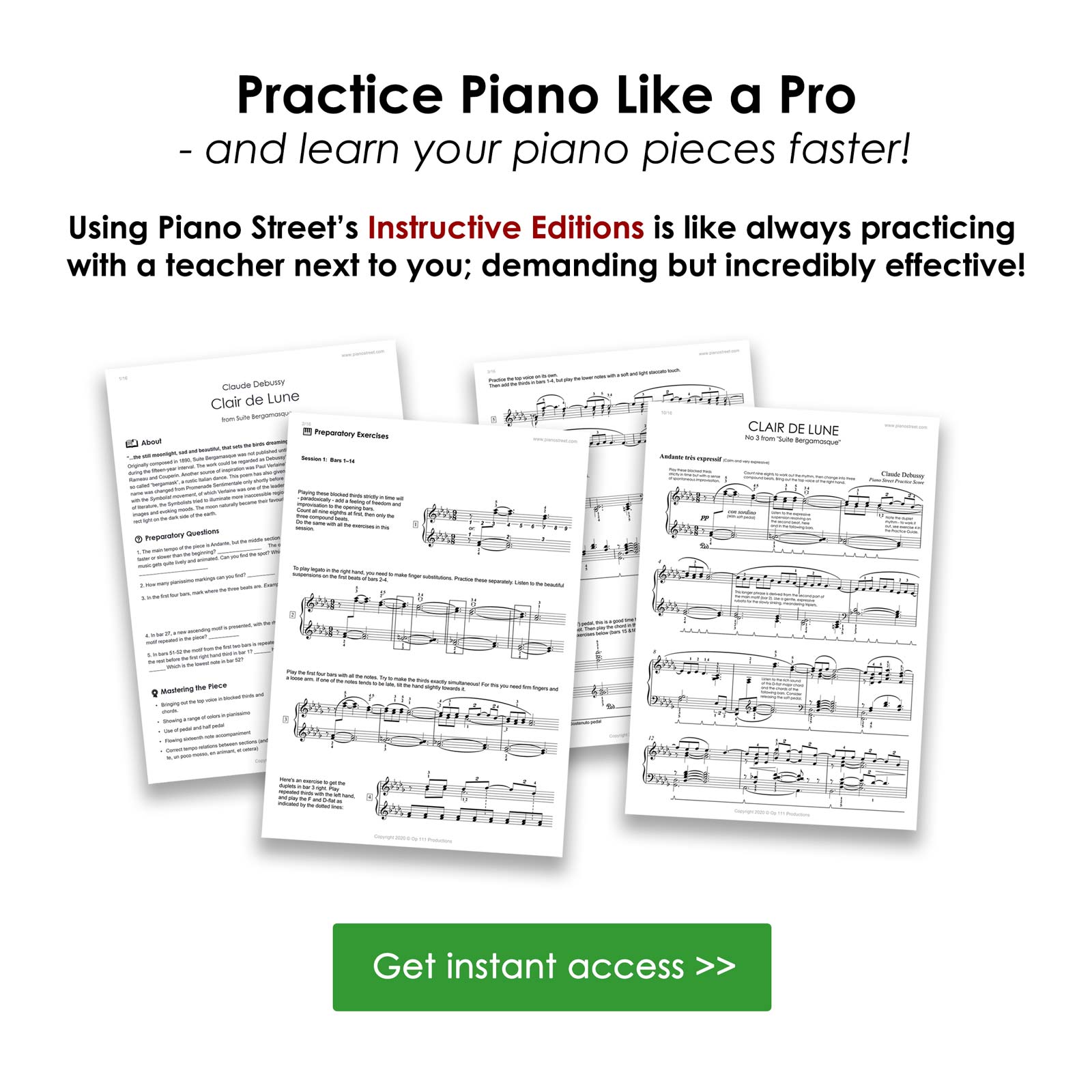Piano Forum
Piano Street Magazine:
Wagner’s Universe in a Pianist’s Hands
One of the most thrilling performances offered at Cremona Musica this year was the Wagner by Liszt recital given by Filippo Tenisci – Italian pianist, born 1998 and celebrated for his refined interpretations and expressive mastery of the Romantic repertoire. After his recital we got the chance talking to Tenici about his Wagner/Liszt project. Read more
Pages: [1] Go Down
Pages: [1] Go Up
For more information about this topic, click search below!
 Topic: Bach's preludes and fugues
Topic: Bach's preludes and fugues 